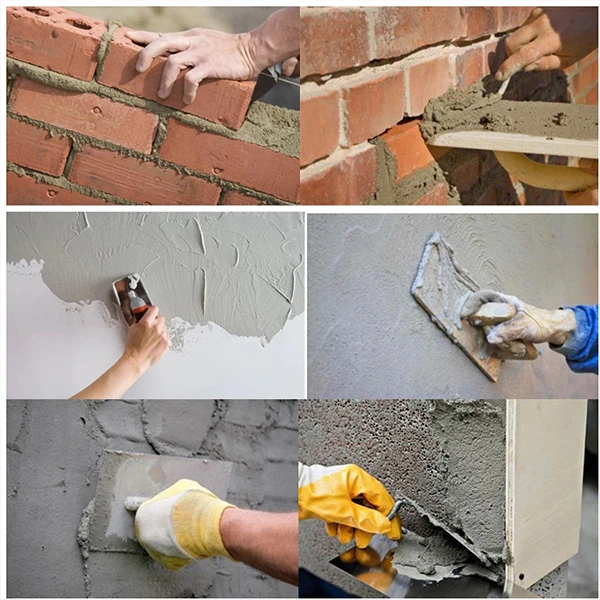Understanding RDP Redispersible Polymer Powder and Its Applications
Redispersible Polymer Powder (RDP) is a remarkable innovation in the field of construction materials, especially known for its versatility and effectiveness in various applications. This water-soluble polymer, often derived from a combination of synthetic and natural materials, has gained significant traction for its ability to enhance the performance of cementitious systems, adhesives, and surface coatings.
What is RDP?
RDP is a fine powder that can be mixed with water to form a homogenous dispersion of polymers. These polymers are usually derived from a process called emulsion polymerization, where monomers are transformed into polymer particles that can easily disperse in aqueous solutions. The primary purpose of RDP is to improve the properties of cement, mortar, and other construction materials by providing enhanced adhesion, flexibility, and durability.
Applications of RDP
1. Cement and Mortar Improvements One of the most common applications of RDP is in cement-based mortars. When incorporated into mortars, RDP significantly improves the mechanical properties such as tensile strength, flexural strength, and adhesion. This makes the mortar suitable for various demanding environments, including exterior applications prone to weathering.
2. Tile Adhesives RDPs are particularly beneficial in the formulation of tile adhesives. They improve the adhesion between tile and substrate, allowing for successful installations on a wide range of surfaces. The flexibility imparted by RDP also helps in absorbing stresses caused by temperature variations, thereby reducing the risks of cracking.
rdp powder redispersible polymer

3. Self-Leveling Compounds Self-leveling compounds are increasingly popular for creating smooth and even surfaces in flooring applications. The use of RDP in these compounds enhances flow properties and reduces the risk of cracking during the curing process. The result is a surface that is not only aesthetically pleasing but also durable.
4. Dry Mix Products RDP plays a crucial role in dry mix products, where it is often blended with other components to produce ready-to-use mixtures. These products can be easily transported and utilized on-site, simplifying construction processes. When mixed with water at the time of application, RDP ensures that the dry mix retains its performance characteristics.
Benefits of RDP
The use of Redispersible Polymer Powder in construction materials comes with numerous benefits. Most importantly, RDP significantly enhances the workability and application properties of construction materials. It allows for more extended working times, which is vital for large projects or in conditions that may delay application.
Additionally, RDP improves the resistance of mortars and adhesives to water, making them suitable for use in moist or wet environments. The added flexibility and reduced brittleness help to mitigate damage during thermal expansion or contraction, prolonging the lifespan of the structure.
Conclusion
In summary, Redispersible Polymer Powder (RDP) is an essential component in modern construction materials. Its ability to improve adhesion, flexibility, and overall performance has made it a preferred choice among construction professionals globally. As the demand for sustainable and high-performance construction materials continues to rise, RDP is likely to play an increasingly vital role in the development of innovative solutions in the industry. Understanding and leveraging the properties of RDP will enable manufacturers and builders to meet the challenges of modern construction with confidence and effectiveness.
-
Rdp Powder: Key Considerations for Wholesalers in the Building Materials IndustryNewsJul.08,2025
-
Key Considerations for Wholesalers: Navigating the World of Hpmc - Based ProductsNewsJul.08,2025
-
Hpmc Detergent: Key Considerations for WholesalersNewsJul.08,2025
-
Key Considerations for Wholesalers: China Hpmc For Tile Adhesive, Coating Additives, Concrete Additives, and MoreNewsJul.08,2025
-
Crucial Considerations for Wholesalers: Navigating the World of Construction MaterialsNewsJul.08,2025
-
Key Considerations for Wholesalers Sourcing Additive For Cement, Additive For Concrete, Additive For Putty from Additive Manufacturer Shijiazhuang Gaocheng District Yongfeng Cellulose Co., Ltd.NewsJul.08,2025




